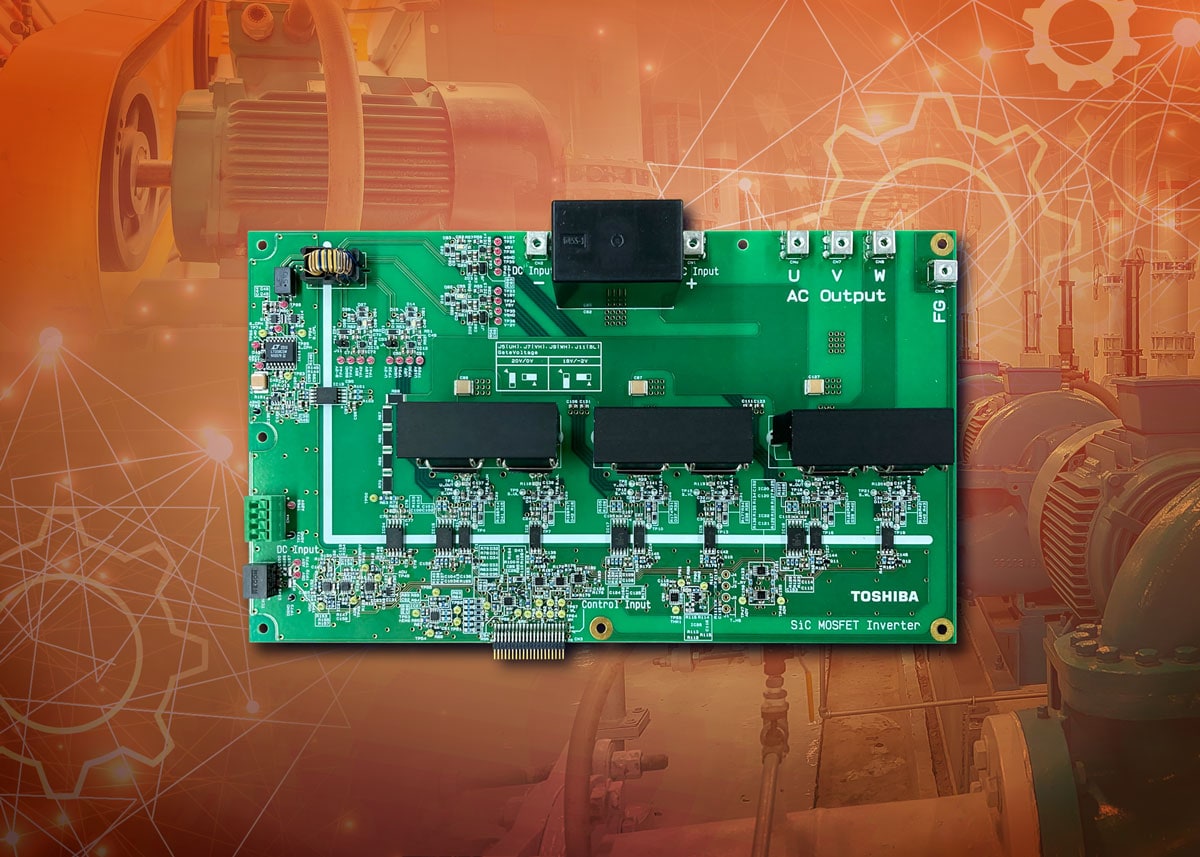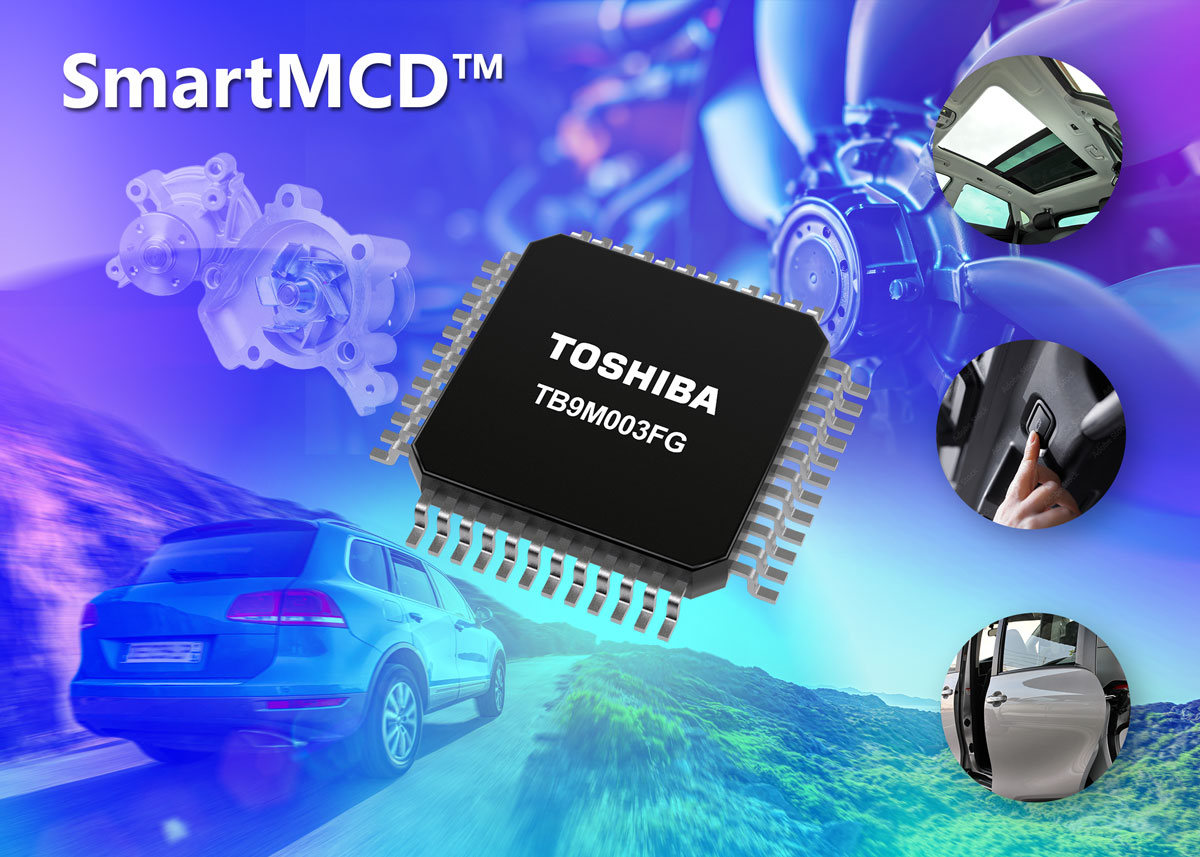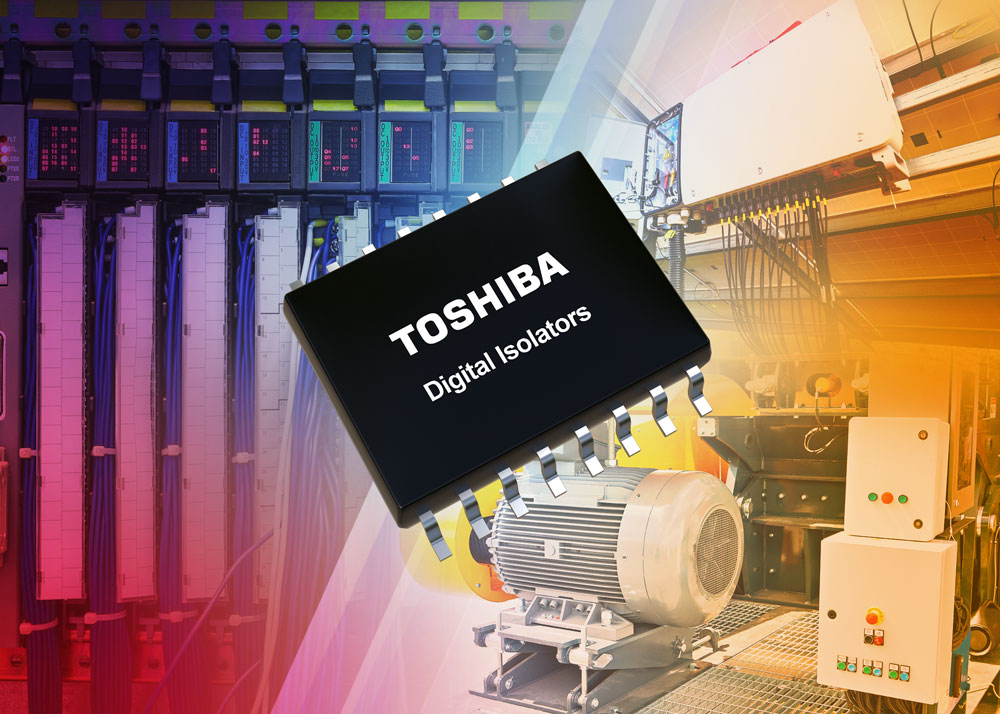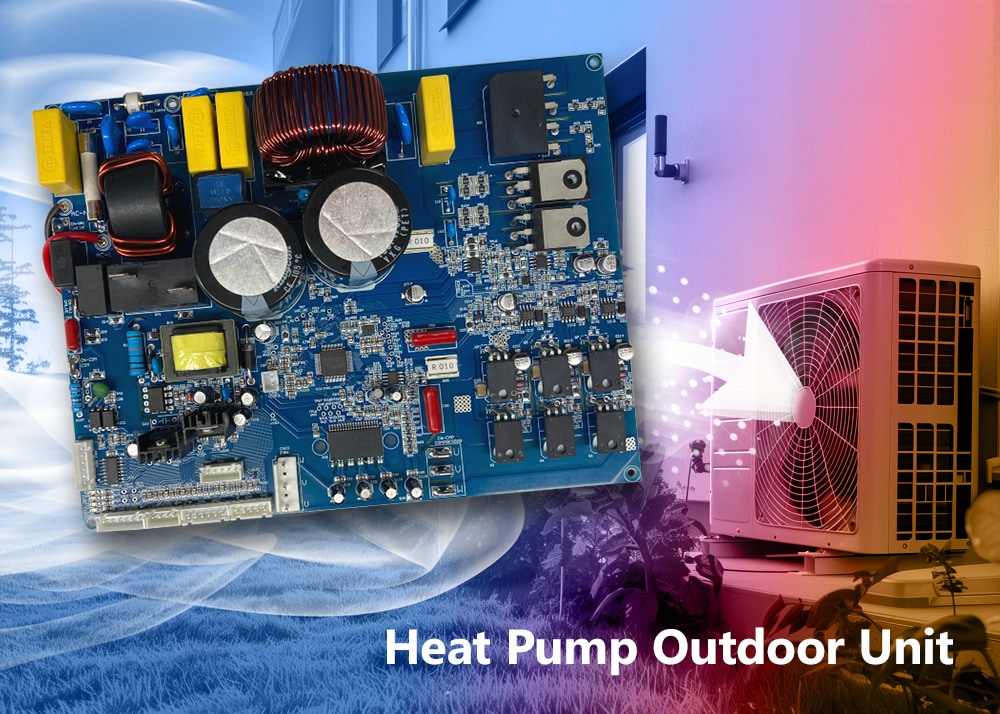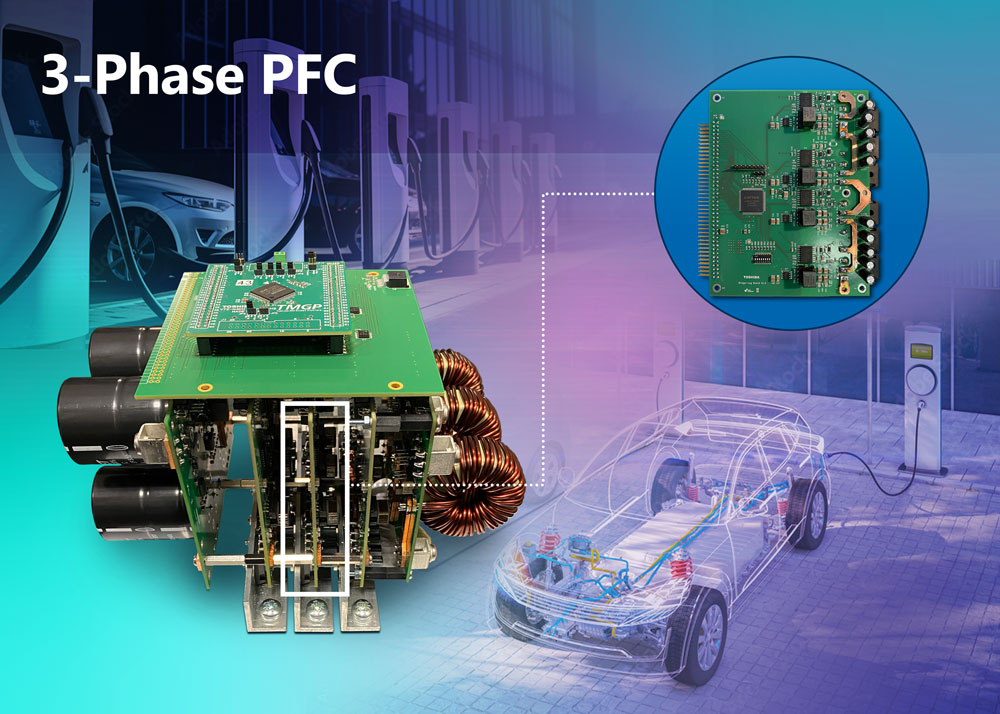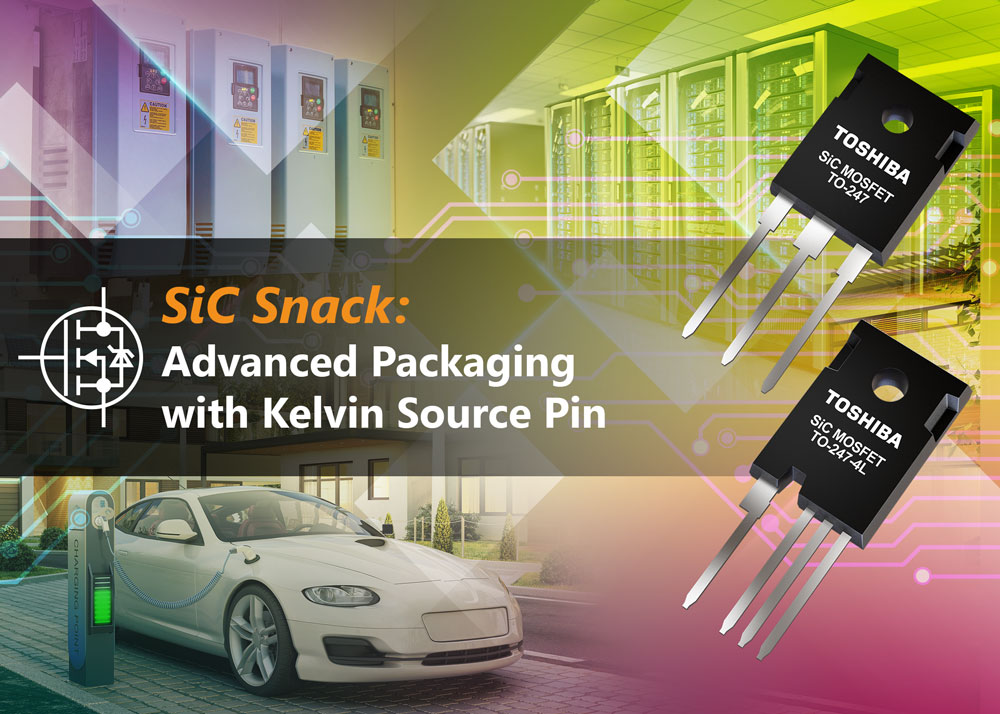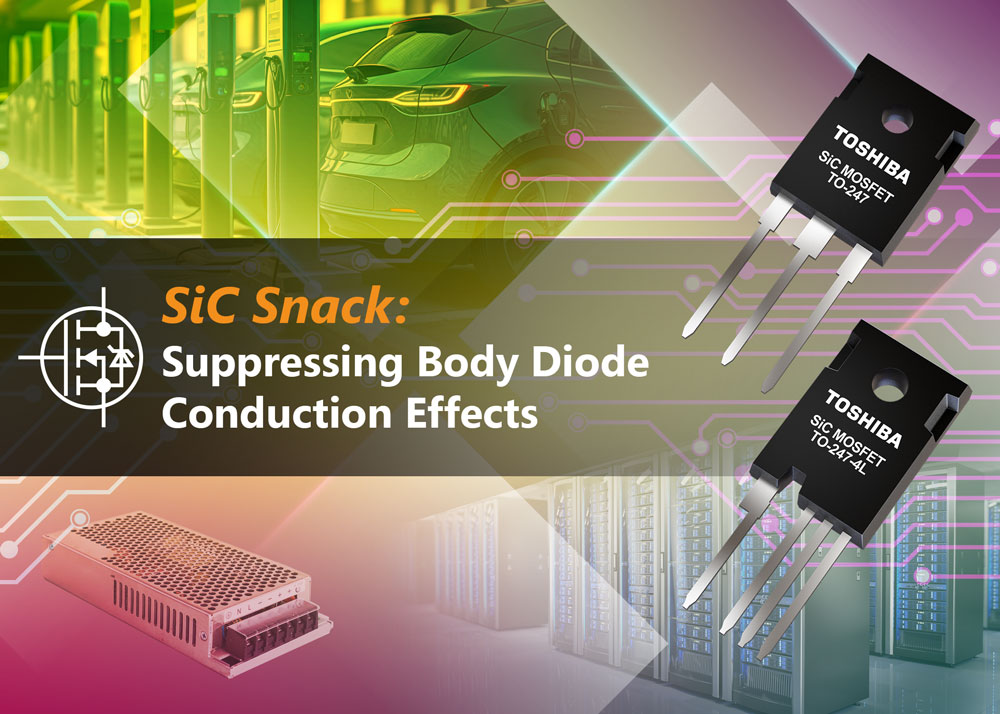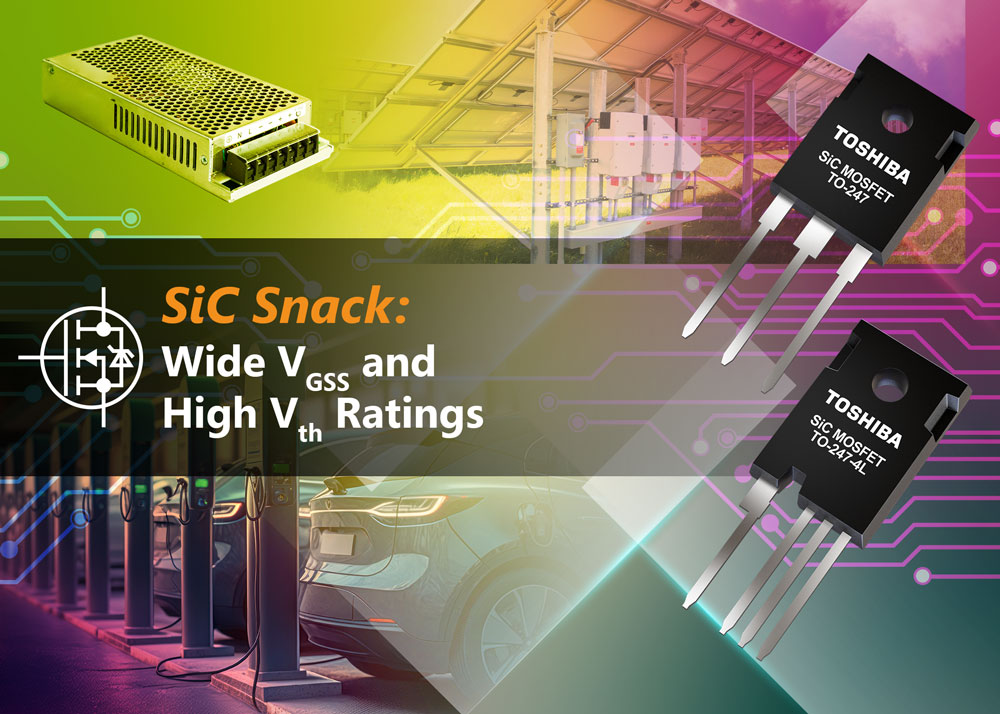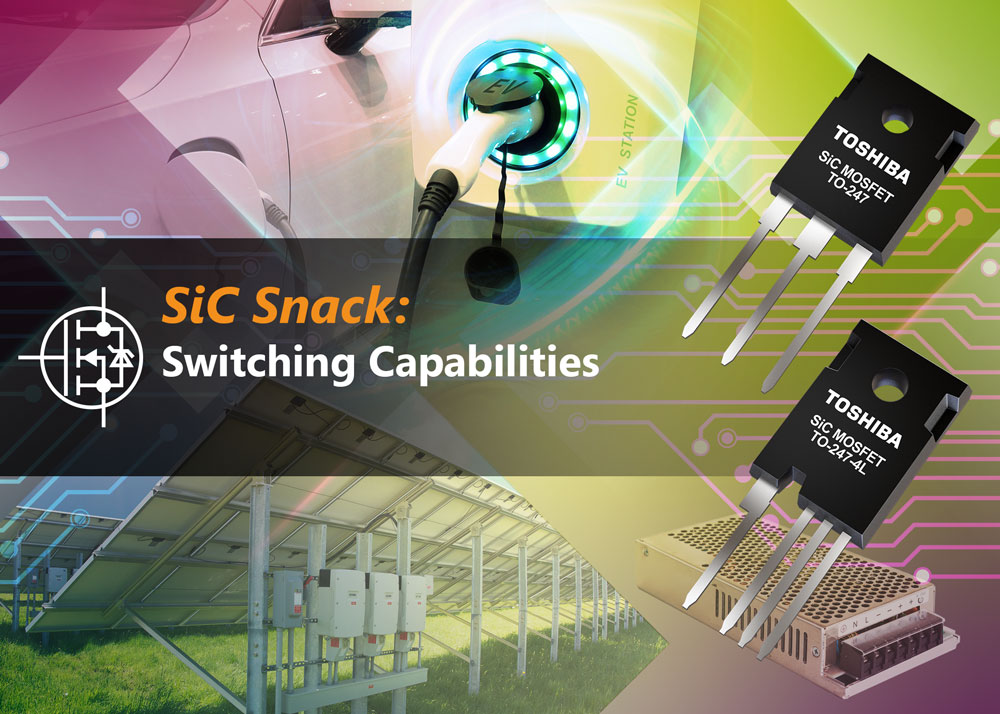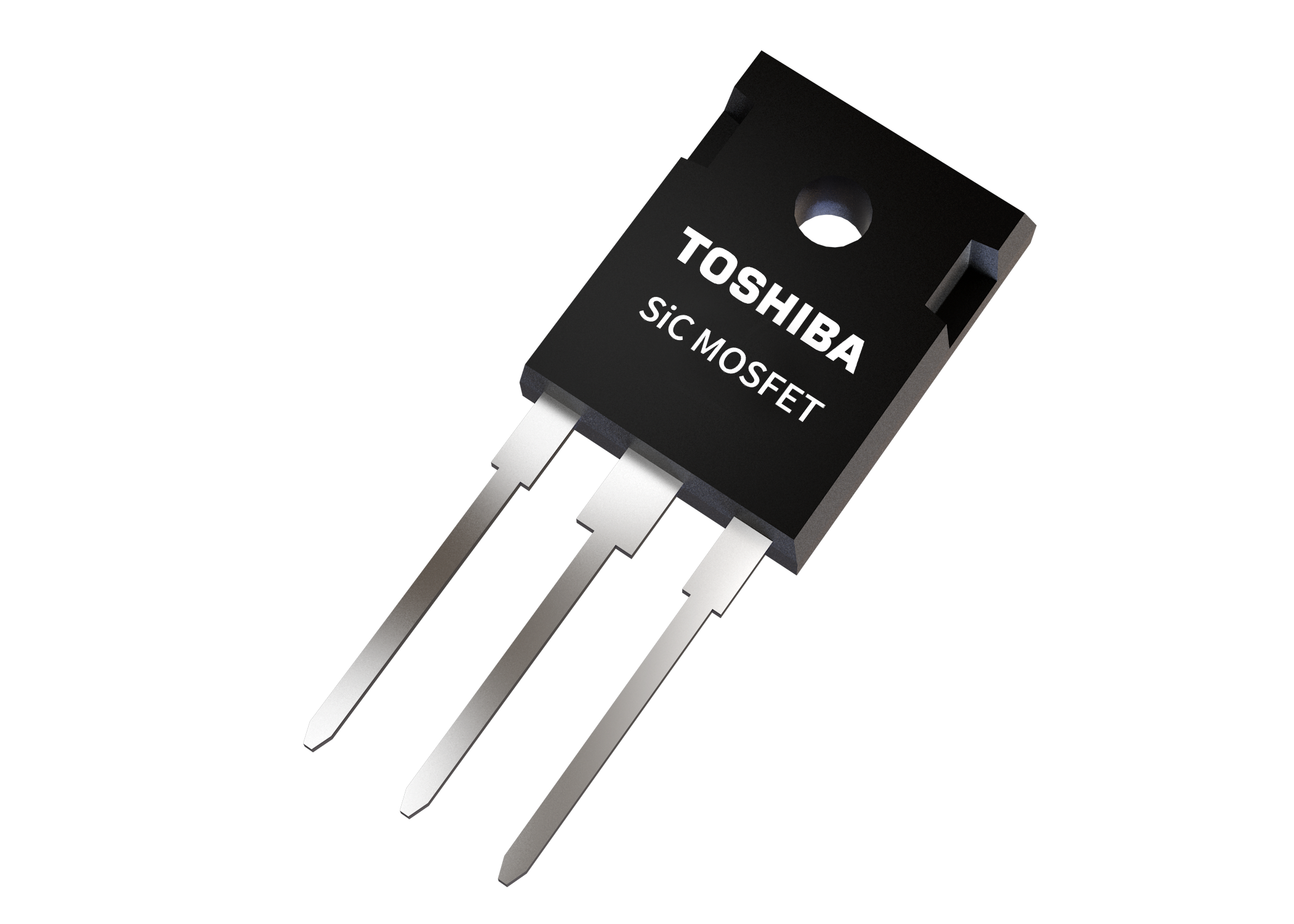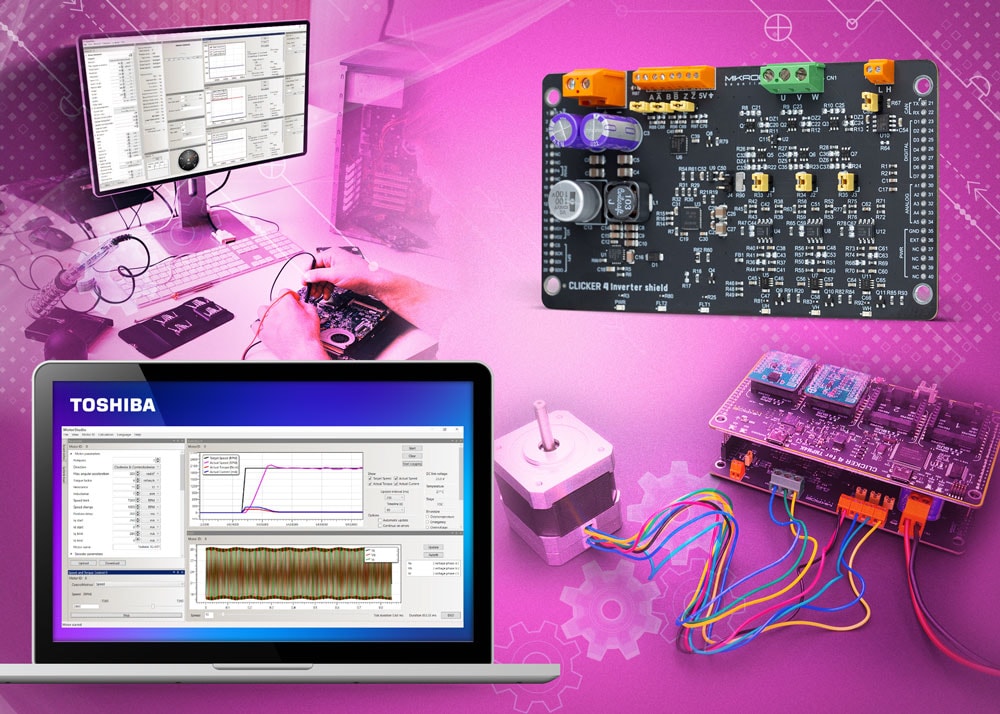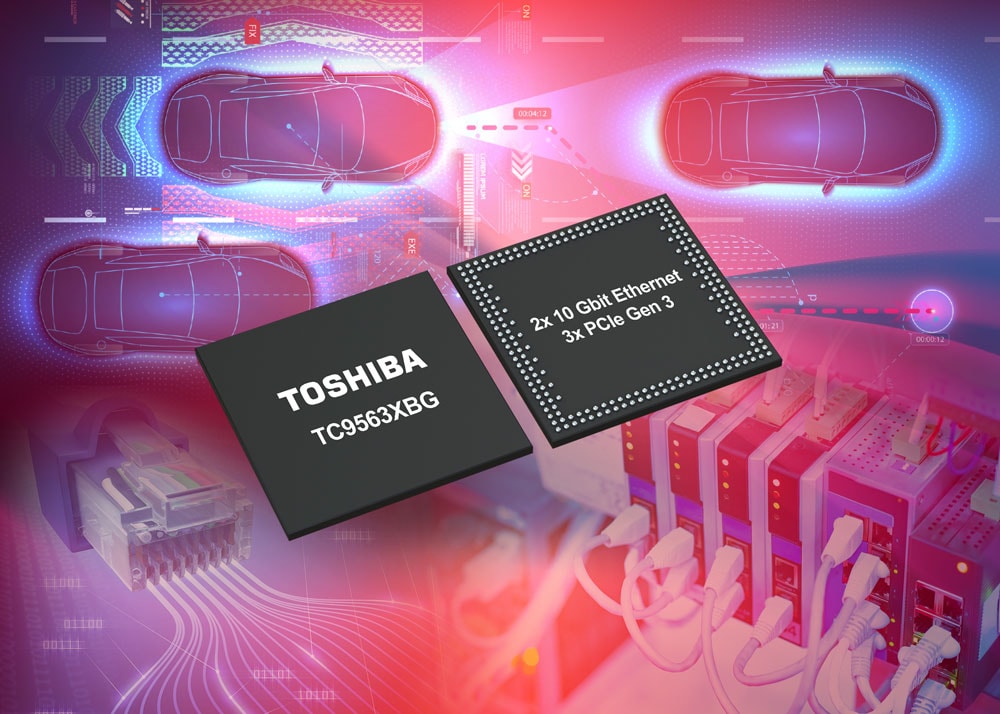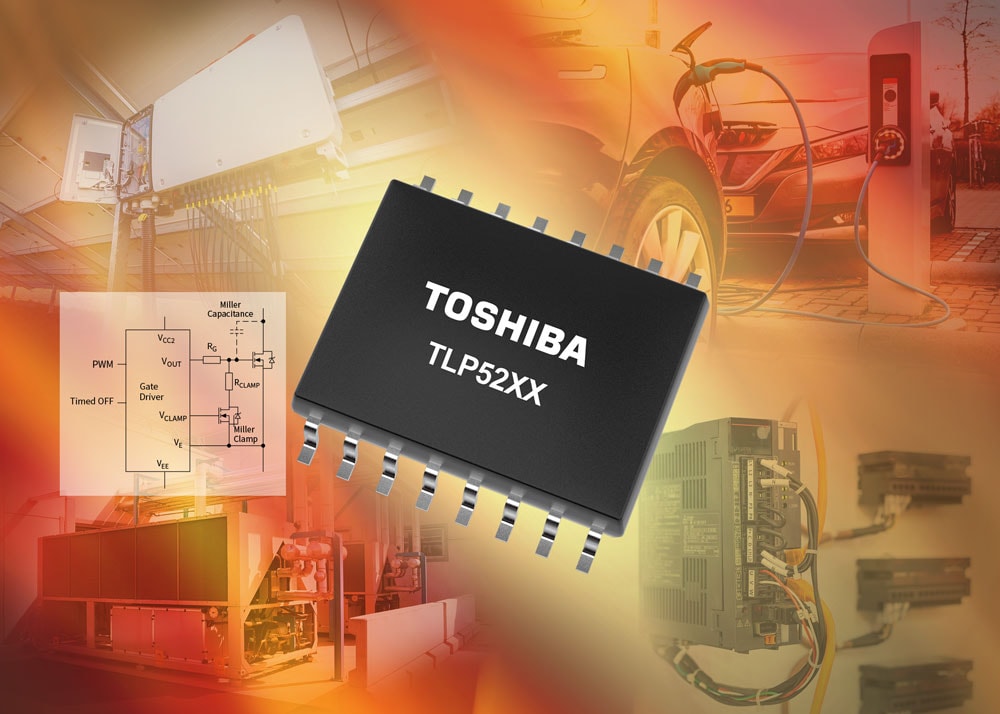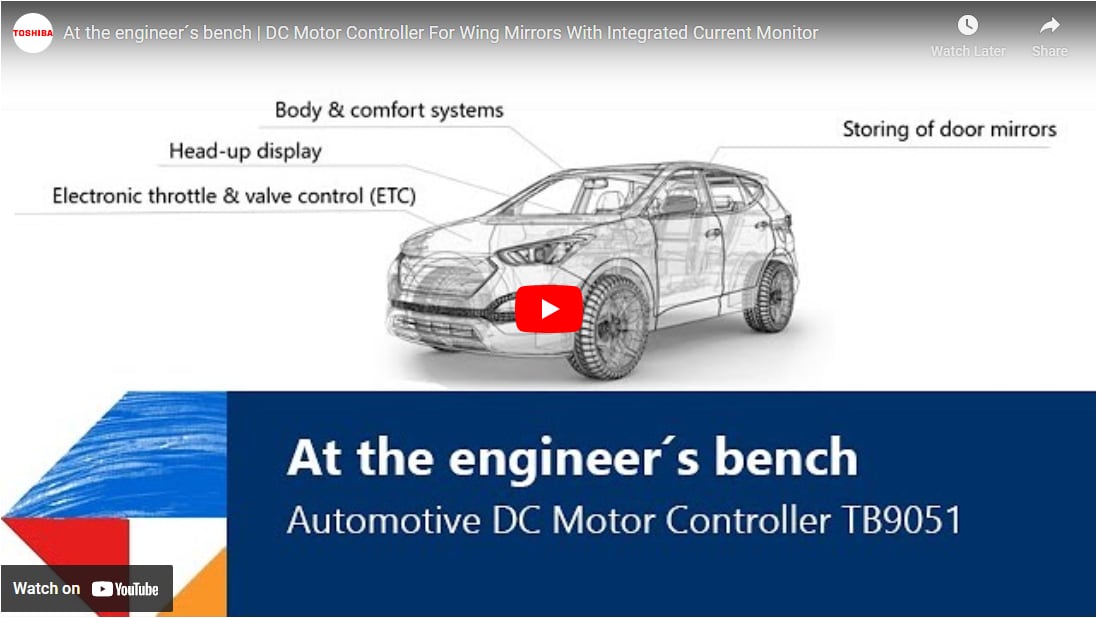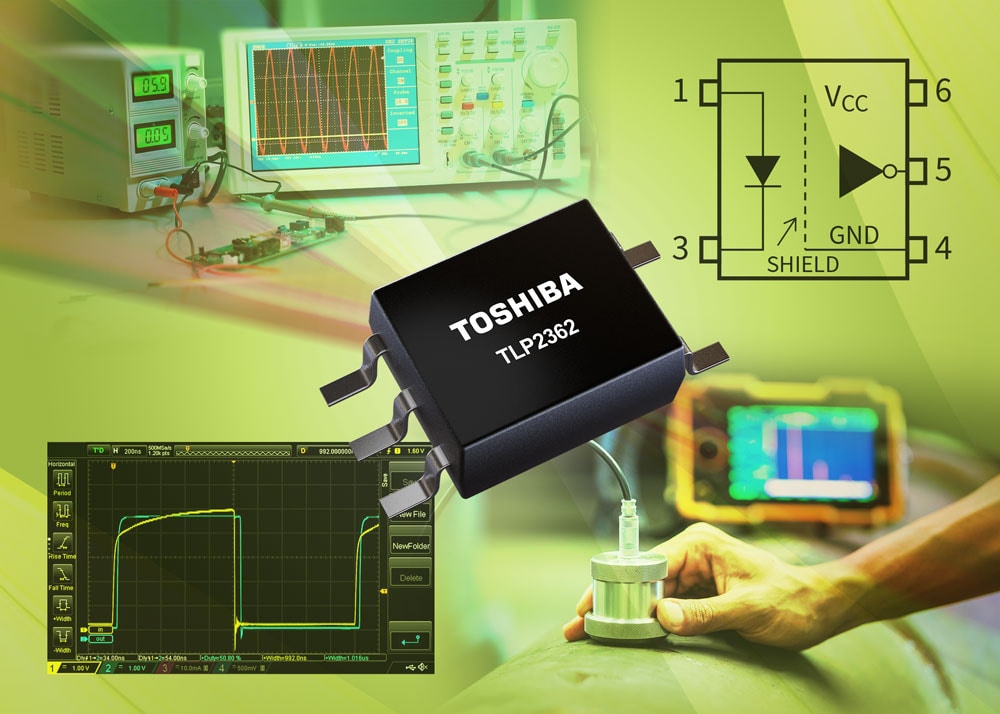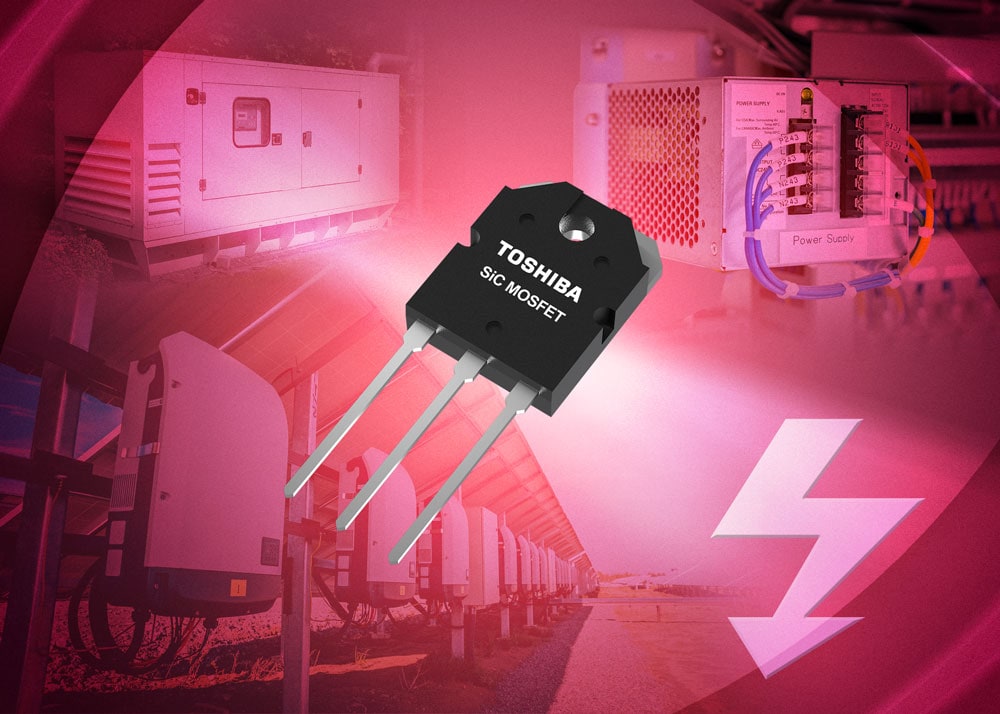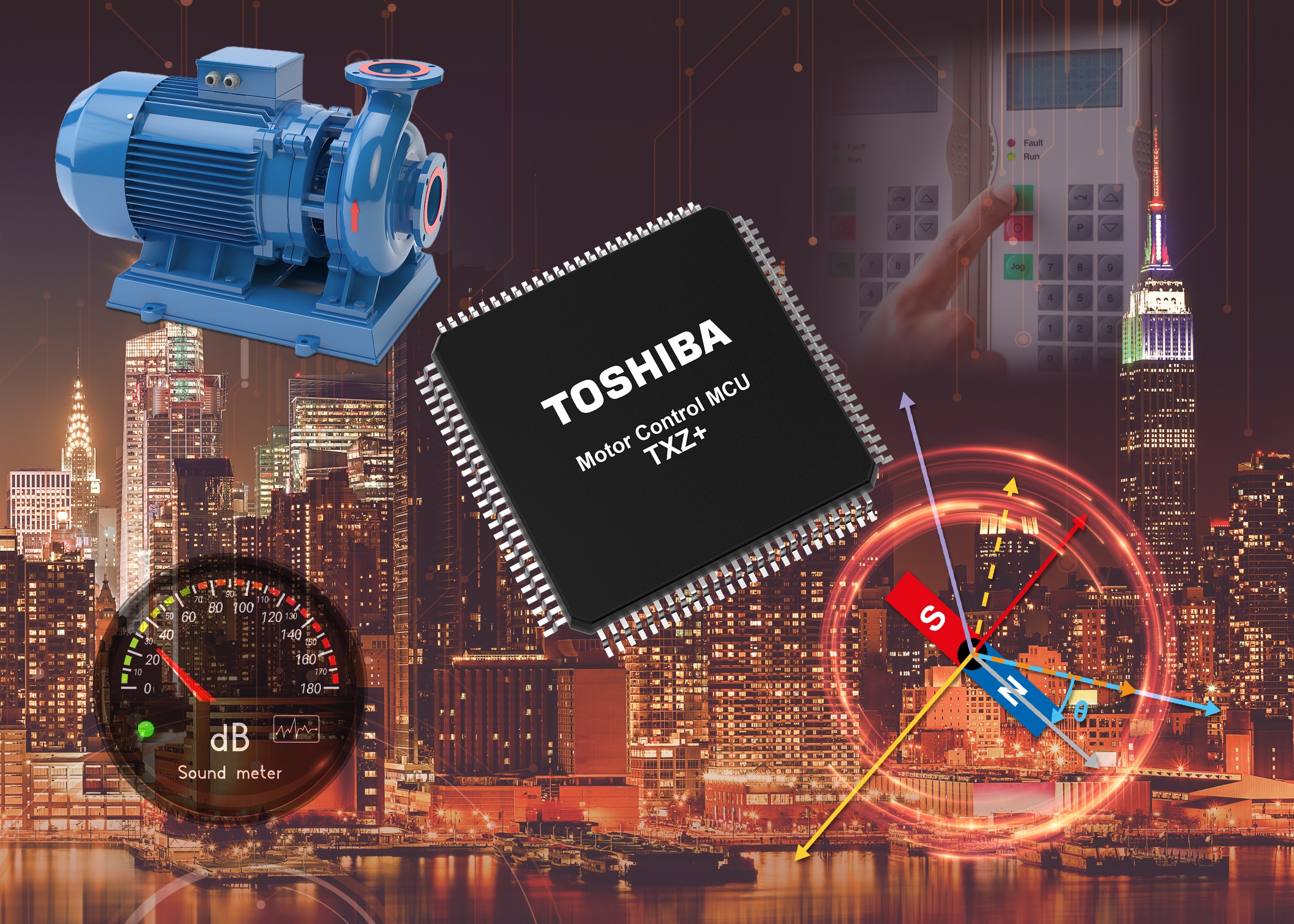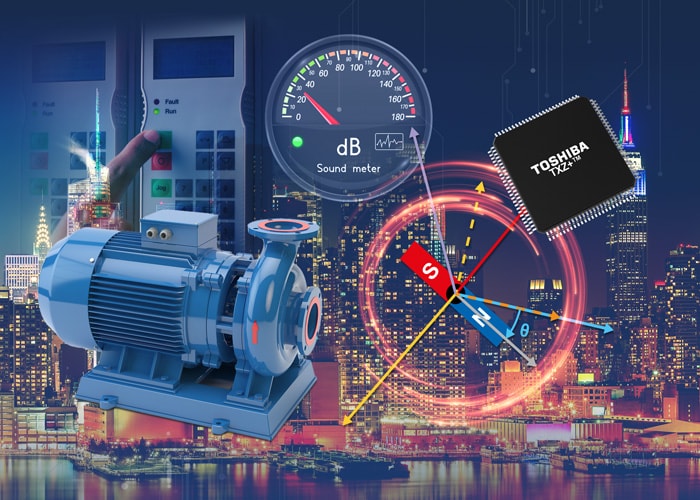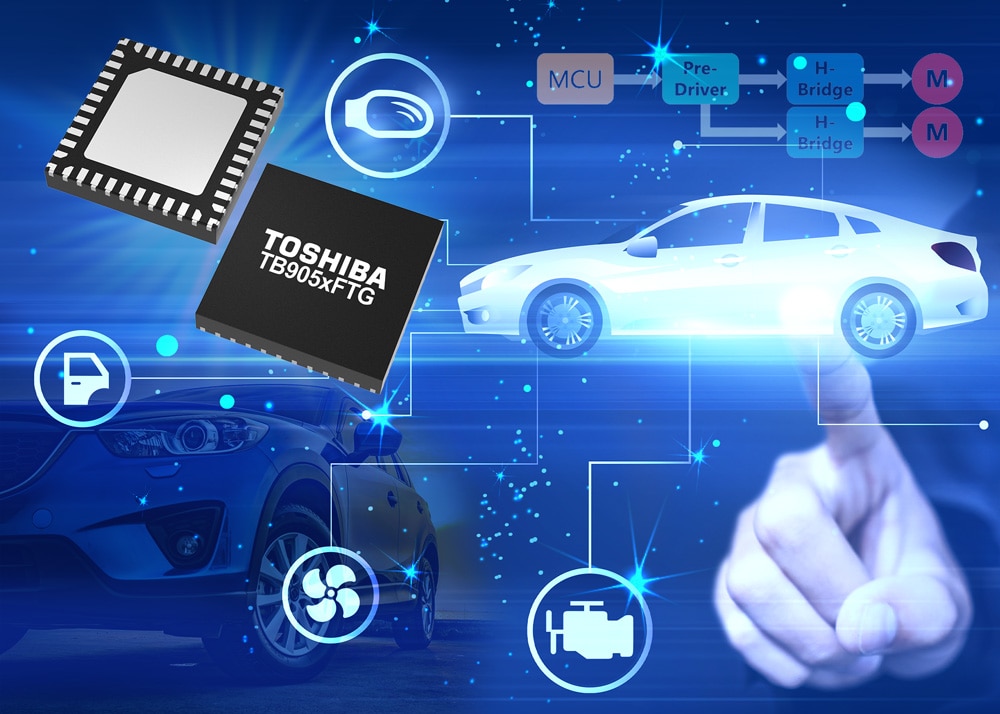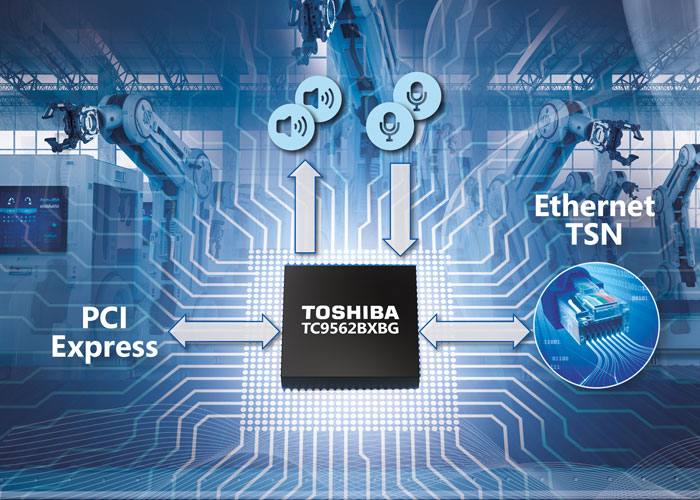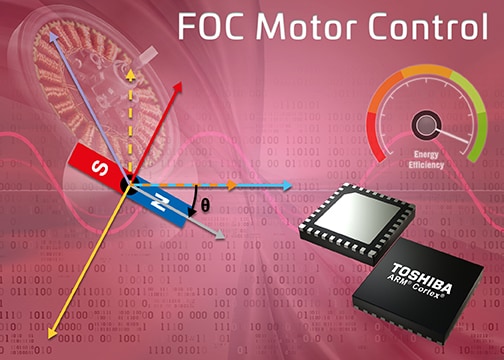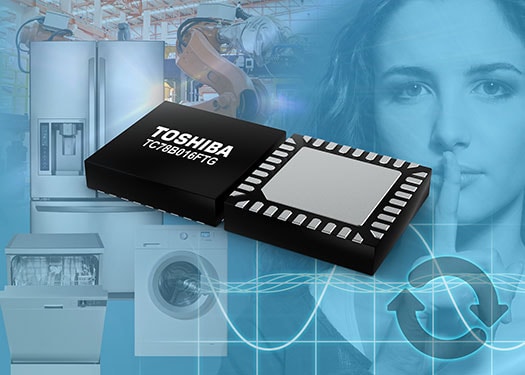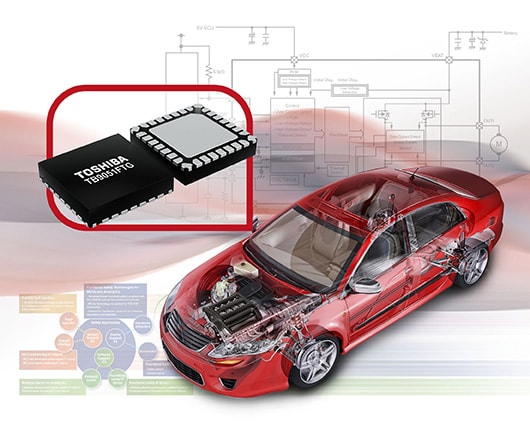- General Top
- SEMICONDUCTOR
- STORAGE
- COMPANY
-
My ToshibaSemicon
- Semiconductor Top
-
ApplicationsAutomotive
Body Electronics
xEV
In-Vehicle Infotainment
Advanced Driver-Assistance Systems (ADAS)
Chassis
IndustrialInfrastructure
BEMS/HEMS
Factory Automation
Commercial Equipment
Consumer/PersonalIoT Equipment
Healthcare
Wearable Device
Mobile
Computer Peripherals
-
ProductsAutomotive Devices
Discrete Semiconductor
Diodes
Transistors
Logic ICs
Analog Devices
Digital Devices
Wireless Devices
※
: Products list (parametric search)
Power SemiconductorsSiC Power Devices
※
: Products list (parametric search)
Isolators/Solid State RelaysPhotocouplers
Digital Isolators
Solid State Relays
Fiber Optic Transmitting Modules
※
: Products list (parametric search)
MOSFETsIGBTs/IEGTsBipolar Transistors※
: Products list (parametric search)
Diodes※
: Products list (parametric search)
MicrocontrollersMotor Driver ICsIntelligent Power ICs※
: Products list (parametric search)
Power Management ICsLinear ICs※
: Products list (parametric search)
General Purpose Logic ICsLinear Image SensorsOther Product ICsOther Product ICs
※
: Products list (parametric search)
-
Design & Development
Design & Development
Innovation Centre
At the Toshiba Innovation Centre we constantly strive to inspire you with our technologies and solutions. Discover how to place us at the heart of your innovations.
-
Knowledge
Knowledge
Highlighted Topics
Further Materials
Other
- Where To Buy
- Part Number & Keyword Search
- Cross Reference Search
- Parametric Search
- Stock Check & Purchase
This webpage doesn't work with Internet Explorer. Please use the latest version of Google Chrome, Microsoft Edge, Mozilla Firefox or Safari.
require 3 characters or more. Search for multiple part numbers fromhere.
The information presented in this cross reference is based on TOSHIBA's selection criteria and should be treated as a suggestion only. Please carefully review the latest versions of all relevant information on the TOSHIBA products, including without limitation data sheets and validate all operating parameters of the TOSHIBA products to ensure that the suggested TOSHIBA products are truly compatible with your design and application.Please note that this cross reference is based on TOSHIBA's estimate of compatibility with other manufacturers' products, based on other manufacturers' published data, at the time the data was collected.TOSHIBA is not responsible for any incorrect or incomplete information. Information is subject to change at any time without notice.
require 3 characters or more.
The H-bridge motor driver building on a wonderful heritage
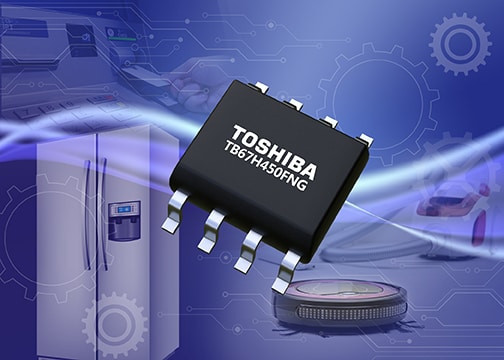
On the journey to become an electronics engineer there are a handful of legacy silicon devices that we have all come into contact with. If you were building some sort of timing circuit or astable multivibrator, the NE555 would have been the device of choice. Need to amplify a signal or compare voltages? Then the µA741 operational amplifier would have been grabbed from the nearest drawer of components. And, to breadboard your design, what better choice that a 7805 5 V regulator from which to power it all!
While all of the above emanated from the North American semiconductor industry, in the area of motor control it has been a Toshiba device that been the go-to product of choice. Thanks to its success in consumer electronics and VCRs, Japanese engineers always have a TA7291 H-bridge to hand when it comes to DC motor control. Motor control for the capstan as well as for loading and unloading the videocassette resulted in this solution being on the market for over 40 years, selling at roughly 10 million units per year. As a result it appears in text books, videos and courses as the de facto H-bridge solution for DC motor control.
Of course, as time moves on and technology progresses, like its historical counterparts the TA7291 has now entered a well-earned retirement. However, the baton has been handed on to a successor in the form of the TB67H450FNG. It retains a lot the core functionality while making use of a BiCD silicon process that can handle more current and higher voltages, while delivering additional protection mechanisms. On top, it also comes in a much more compact 8-pin SOP package.
The high-side/low-side on-resistance has seen a significant improvement, lying at just 0.6 Ω. The pre-driver stages are fully integrated without any need for external components, while an integrated voltage regulator means the device can be powered via a single supply pin. Altogether, this means that up to 3.0 A can be driven into a motor at voltages of up to 44.0 V.
A full complement of protection systems are also included, from an under-voltage lock-out (UVLO), thermal protection, and overcurrent monitor. It has shown itself to be popular with those building small projects that draw their supply from the 5.0 V available from USB. Pulse-width modulation (PWM) control is supported at frequencies of up to 400 kHz, while a low power mode draws just 1 µA of current. If needed, the device also supports a constant current mode of operation too. The TB67H450FNG can also be coupled up to control stepper motors or even brushless DC motors (BLDC) when required.
Regardless of whether your favorite programming language is solder, or you have never even seen a ‘VCR’, should you be looking for an efficient new motor control solution, you can review our white paper on this topic here:



